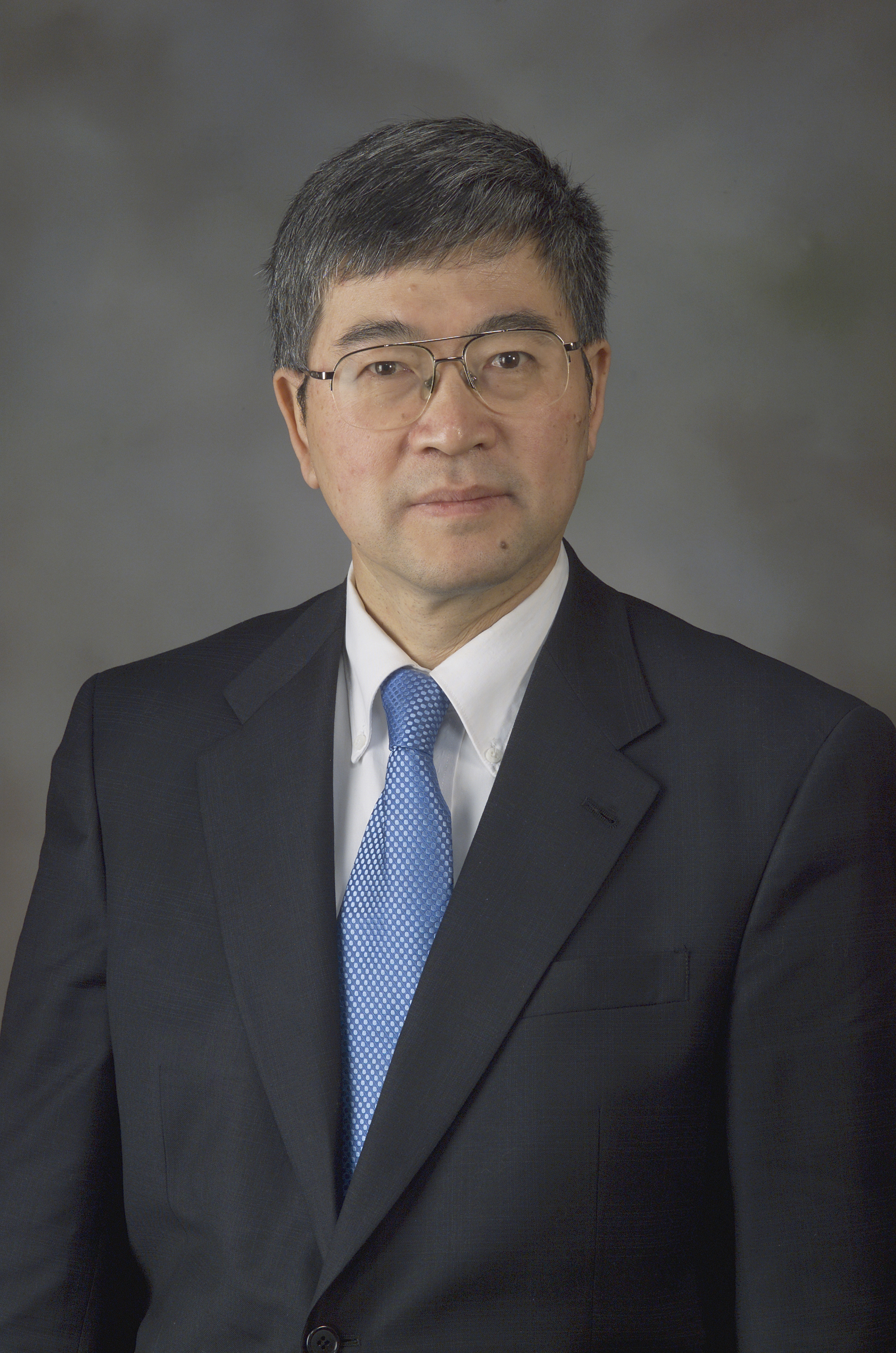Scanning innovation can improve personalized medicine

New combinations of medical imaging technologies hold promise for improved early disease screening, cancer staging, therapeutic assessment, and other aspects of personalized medicine, according to Ge Wang, director of Virginia Tech's Center for Biomedical Imaging, in a recent paper that appeared in the refereed journal PLoS One.
The integration of multiple major tomographic scanners into a single framework "is a new way of thinking in the biomedical imaging world" and is evolving into a "grand fusion" of many imaging modalities known as "omni-tomography," explained Wang, the lead author of the article.
Wang has a history of "firsts" in the imaging world, including the first paper on spiral multi-slice/cone-beam (computed tomography) CT in 1991, on bioluminescence tomography in 2004, and on interior tomography in 2007.
"The holy grail of biomedical imaging is an integrated system capable of producing tomographic, simultaneous, dynamic observations of highly complex biological phenomena in vivo," Wang said.
Currently, dual-modality imaging such as a positron emission tomography and magnetic resonance imaging (PET/MRI) is "a powerful example of the synergy provided" by using the two as a hybrid technology when assessing concerns in oncology and cardiology, Wang said. "There are no longer any lone PET scanners. Today all are coupled with computed tomography scanners," added Wang.
For the past decade, Wang and his colleagues have investigated approaches to fusing the various scanning techniques. Recently, they became interested in going beyond the dual-mode imaging, and found that the enabling technology for omni-tomography is "interior tomography" that allows for the integration of multiple major tomographic scanners into one architecture.
He explained that many of the real-world problems in cancer or heart disease are localized or often observed in a relatively small region of interest (ROI) in a human body. In order to obtain a theoretically exact reconstruction of this small area, Wang and others have shown that by using some prior knowledge and common properties on an ROI, they can precisely reconstruct the ROI from data collected with a narrow X-ray beam just covering the ROI.
"We call this novel approach `interior tomography'," Wang added. "In our latest work, we elevated interior tomography from its origin in X-ray CT to a general tomographic imaging principle, and demonstrated its validity for different tomographic modalities including single-photon emission computed tomography (SPECT), MRI, and phase-contrast tomography," Wang said.
Because interior tomographic imaging can be theoretically exact and practically informative for each of all the major imaging modalities, it becomes feasible to make each scanner "slimmer" or more compact. This compression creates the necessary room to put all of the involved tomographic modalities tightly together in space, and operates them in parallel, achieving space and time synchrony. "It is necessary to depict complicated correlative relationships among diversified physiological features," Wang further explained.
The potential clinical applications for omni-tomography may improve personalized medicine. "As an example enabled by interior tomography, an interior CT-MRI scanner can target the fast-beating heart for registration of functions and structures, delivery of drugs or stem cells, and guidance of complicated procedures such as heart valve replacement," Wang said.
Omni-tomography as a unified technology "also gives leverage to a greatly reduced radiation dose when MRI-aided interior CT reconstruction is implemented," Wang asserted. On the other hand, "it can generate higher-resolution details in MRI images."
The reduction in radiation dosage is a hot topic in the CT field. Medical X-rays, in use for more than 100 years, only accounted for about 10 percent of the total American radiation exposure in the late 1980s. The subsequent growth of the use of various medical X-ray imaging methods now accounts for approximately half of the total radiation exposure of the U.S. population.
"Omni-tomography is a promising direction for biomedical imaging and systems biomedicine," Wang said. Wang's team efforts are related to the Physiome Project, a worldwide undertaking to understand an individual's physiological state from the genome scale to complex organisms in a systematic fashion. This project supports a worldwide repository of models and data sets and is an integral part of systems medicine. "Biomedical imaging is instrumental for the Physiome Project, and especially so could be omni-tomography," Wang added.
This work was funded partially by the National Institutes of Health/National Institute of Biomedical Imaging and Bioengineering grant EBO11785 and National Institutes of Health/National Heart, Lung, and Blood Institute grant HLO98912.
The co-authors of the paper who are affiliated with the Virginia Tech -- Wake Forest University School of Biomedical Engineering and Sciences include: Hengyong Yu, Wenxiang Cong, Haiou Shen, James Bennett, Mark Furth, and Yue Wang.
The other collaborators include: Jie Zhang of the University of Kentucky, Hao Gao of the University of California Los Angeles, Victor Weir of the Baylor Health Care System, Xiaochen Xu of Texas Instruments Inc., and Michael Vannier of the University of Chicago.
For more details, read Wang's talking point article, along with the references therein.




